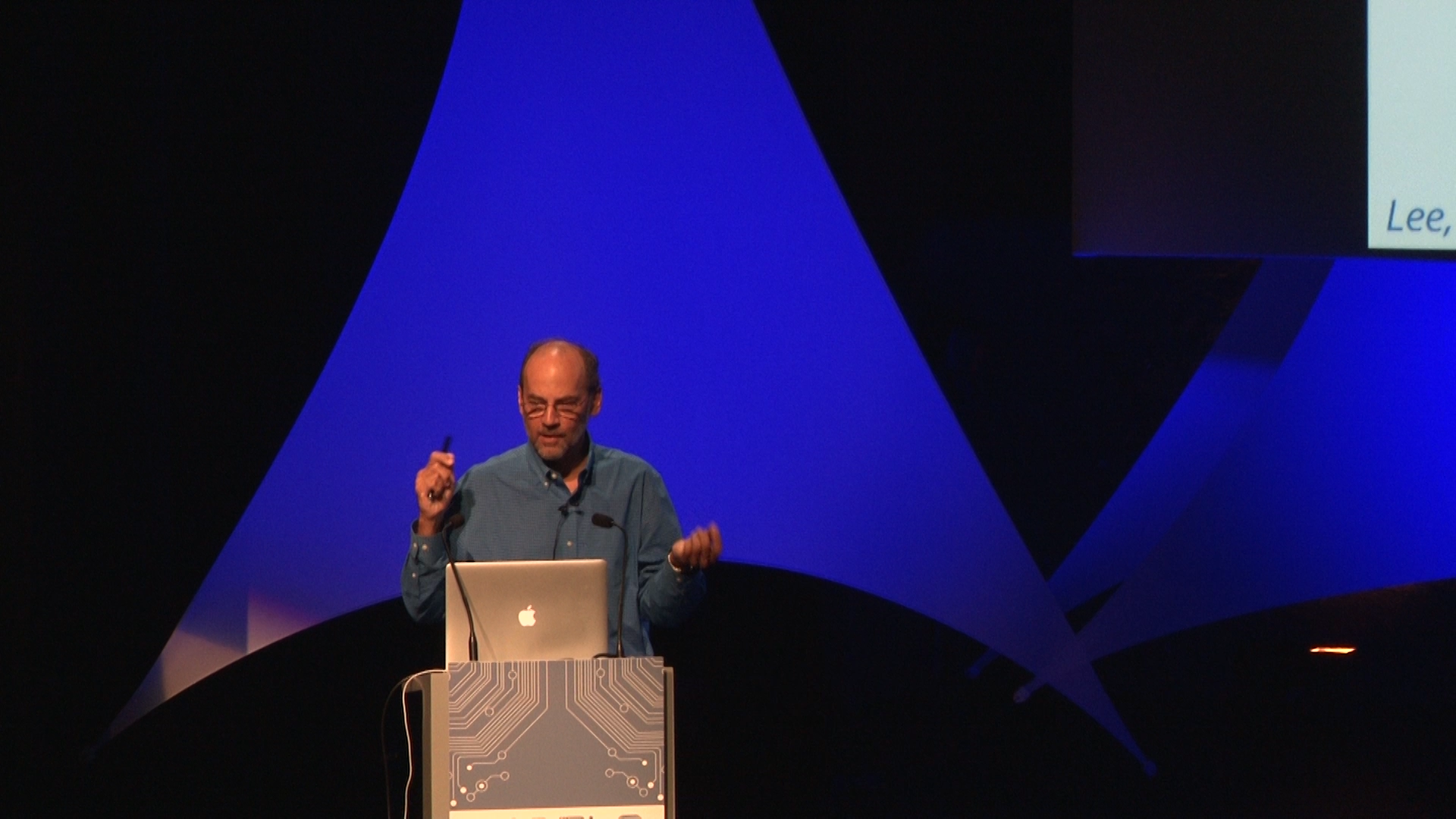 |
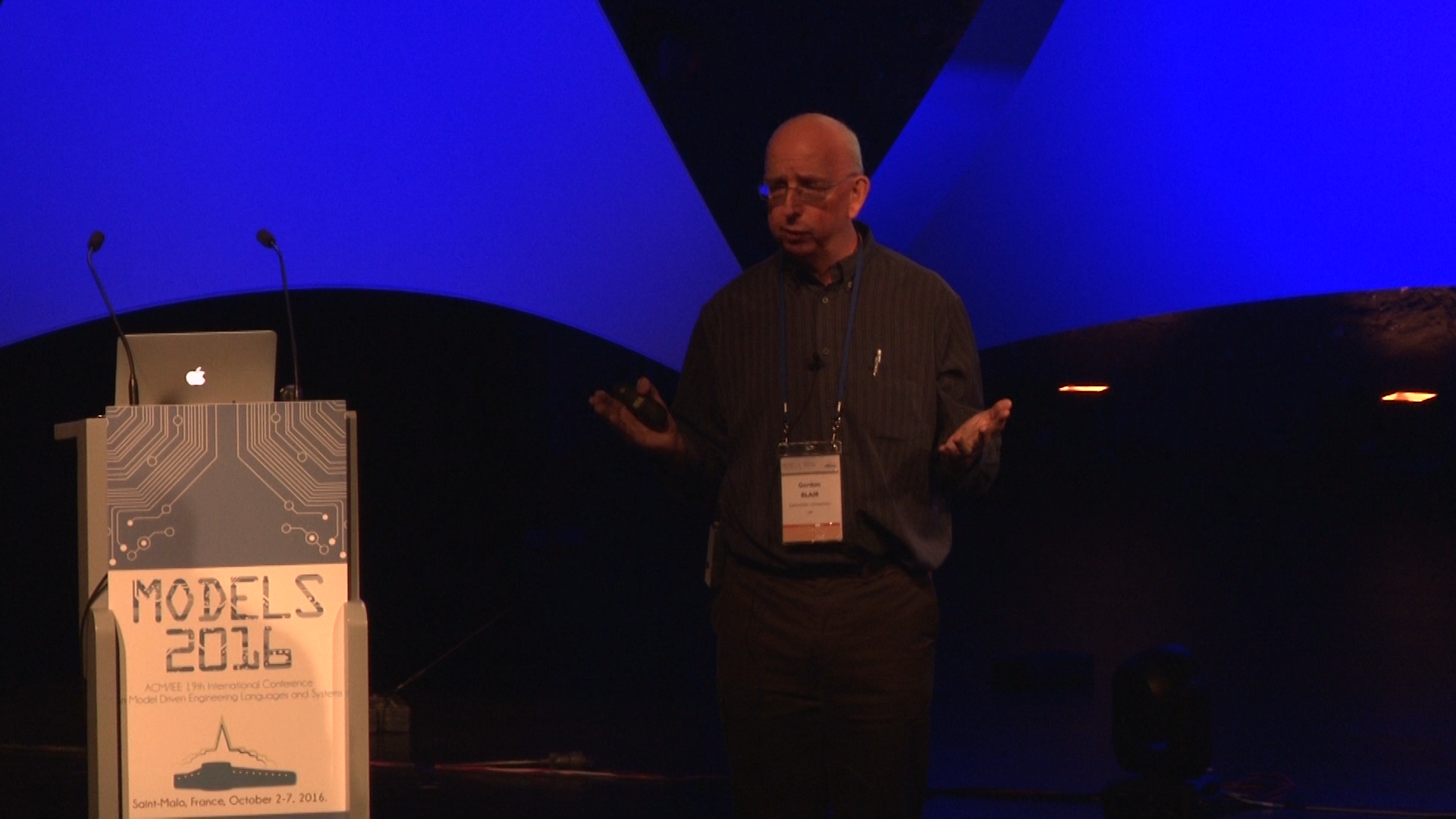 |
Edward A. Lee
Robert S. Pepper Distinguished Professor
University of California at Berkeley
EECS Department
University of California,
Berkeley
Resurrecting Laplace’s Demon: The Case for Deterministic Models Wednesday Oct5, 2016 [1h:13mn] |
Gordon Blair
Distinguished Professor
Lancaster University - United Kingdom
Grand Challenges, Grand Responses? Tuesday Oct6, 2016 [1h:12mn] |
|
James O. Coplien
Company Gertrud and Cope, Member Emeritus The Hillside Group - Denmark
The Straight Line is Ungodly, Friday Oct7, 2016 [1h:23mn]

|
 Edward A. Lee, Resurrecting Laplace’s Demon: The Case for Deterministic Models Edward A. Lee, Resurrecting Laplace’s Demon: The Case for Deterministic Models
In 1814, Pierre-Simon Laplace published an argument for determinism in the universe, arguing that if someone (a demon) were to know the precise location and momentum of every atom in the universe, then their past and future values for any given time are completely determined and can be calculated from the laws of classical mechanics. This principle, of course, has been roundly invalidated by quantum mechanics, and yet the laws of classical mechanics continue to be extremely useful for prediction.
In this talk, I will argue that models plays different (complementary) roles in engineering and science, and that deterministic models have historically proved proved even more valuable in engineering than in science. Moreover, I will show that deterministic models for cyber-physical systems, which combine computation with physical dynamics, remain elusive. I will argue that the next big advance in engineering methods must include deterministic models for CPS, and I will show that such models are both possible and practical.

|
 Gordon Blair - Grand Challenges, Grand Responses? Gordon Blair - Grand Challenges, Grand Responses?
The world is facing a period of unprecedented change and the resultant grand challenges demand a coordinated and significant response from all parties including scientists and engineers, academics, policy makers and citizens. Environmental change is arguably the greatest challenge and this talk will focus on the role of digital technology in both the understanding of the complexities of the natural environment and also in determining well-founded adaptation and mitigation strategies for a range of environmental problems including climate change. The talk builds on over five years of experience in working with earth and environmental scientists in providing tools to help move towards a new kind of science as demanded by areas such as climate change, a science that is more open, integrative and collaborative for example. The research includes the application of contemporary areas of digital innovation including cloud computing, Internet of Things technology and emerging areas of data science. But what does this have to do with Models? The systems we are building are highly complex both in terms of the underlying digital technologies and also in the phenomena being observed. New techniques are urgently required to help us to master this complexity and the Models community is the keeper of one of the most powerful tools in this area – namely abstraction. Is the Models community focusing on the right problems though at the right scale and does it have the ambition to take on such grand challenges? Grand challenges demand grand responses – through this keynote, and building on the insights last year from Steve Easterbrook, I would like to provoke a discussion over what this might mean for Models going forward.

|
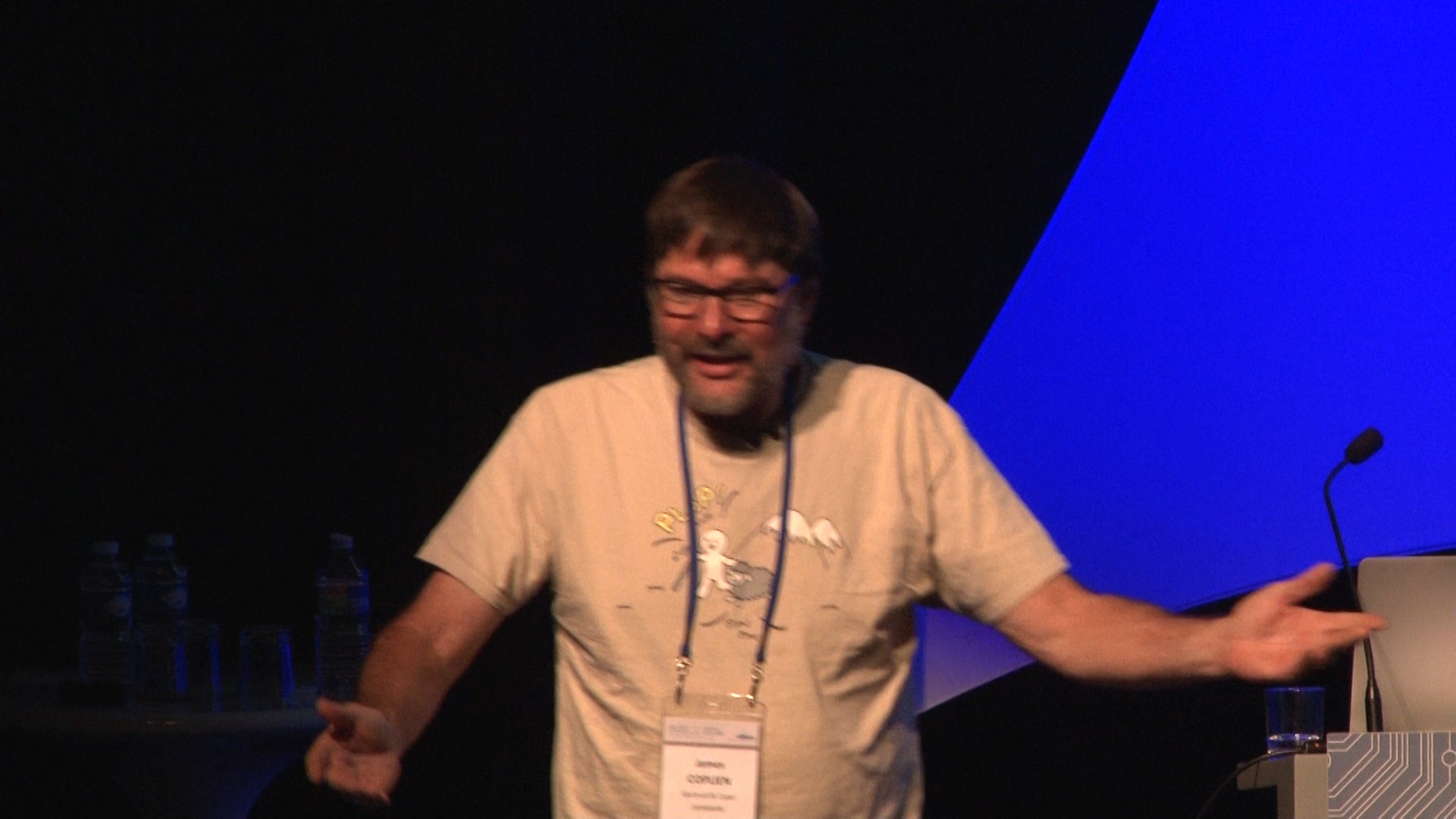 James O. Coplien, The Straight Line is Ungodly James O. Coplien, The Straight Line is Ungodly
Model-based approaches are not thriving, and the blame is usually laid at the feet of the unsophistication of software engineers. Yet software engineers may tacitly know something that the formal folks seldom discuss: Software systems are complex, and it is only simple problems that yield to formal approaches, including most modeling approaches—especially the analytical and computer-supported ones.
A system is complex proportional to its number of distinct, meaningful tops. However, these “tops” are rarely separable, so independent models based on such formalisms are relatively impotent. And such models are abstractions (i.e., they discard information) to the degree they are formal: and Gödel, Heisenberg, Rosen and a host of others note that there’s always a ghost in the machine. This matters more and more as we face increased complexity.
I will propose that modeling efforts be redirected to the more realistic, logically inconsistent, human ways of understanding ourselves and our interactions with computers. Object-orientation started with Kay’s operational models that would become objects; we see them again in Model-View-Controller-User. Both of these approaches emphasize the need to mix multiple concurrent perspectives (called roles) when analyzing a system. DCI is one paradigm that provides a single computational model while accommodating “tops” for both the left and right brain, and it bridges the abstraction of modeling with concrete implementation. I will argue that design is less about reifying extrinsic, abstract models than it is about creating a “habitable” reality close to the implementation, guided by human mental models. Last, I’ll touch on the kinds of socially constructed complex models as we find in patterns, which were explicitly created out of a dissatisfaction with the ability of formal models to add value.

|
|
|
|
Bran Selic
President, Malina Software Corp.
What Went Right: The Secret History of UML and Related Matters (Career Award) |
Awards talks abstracts
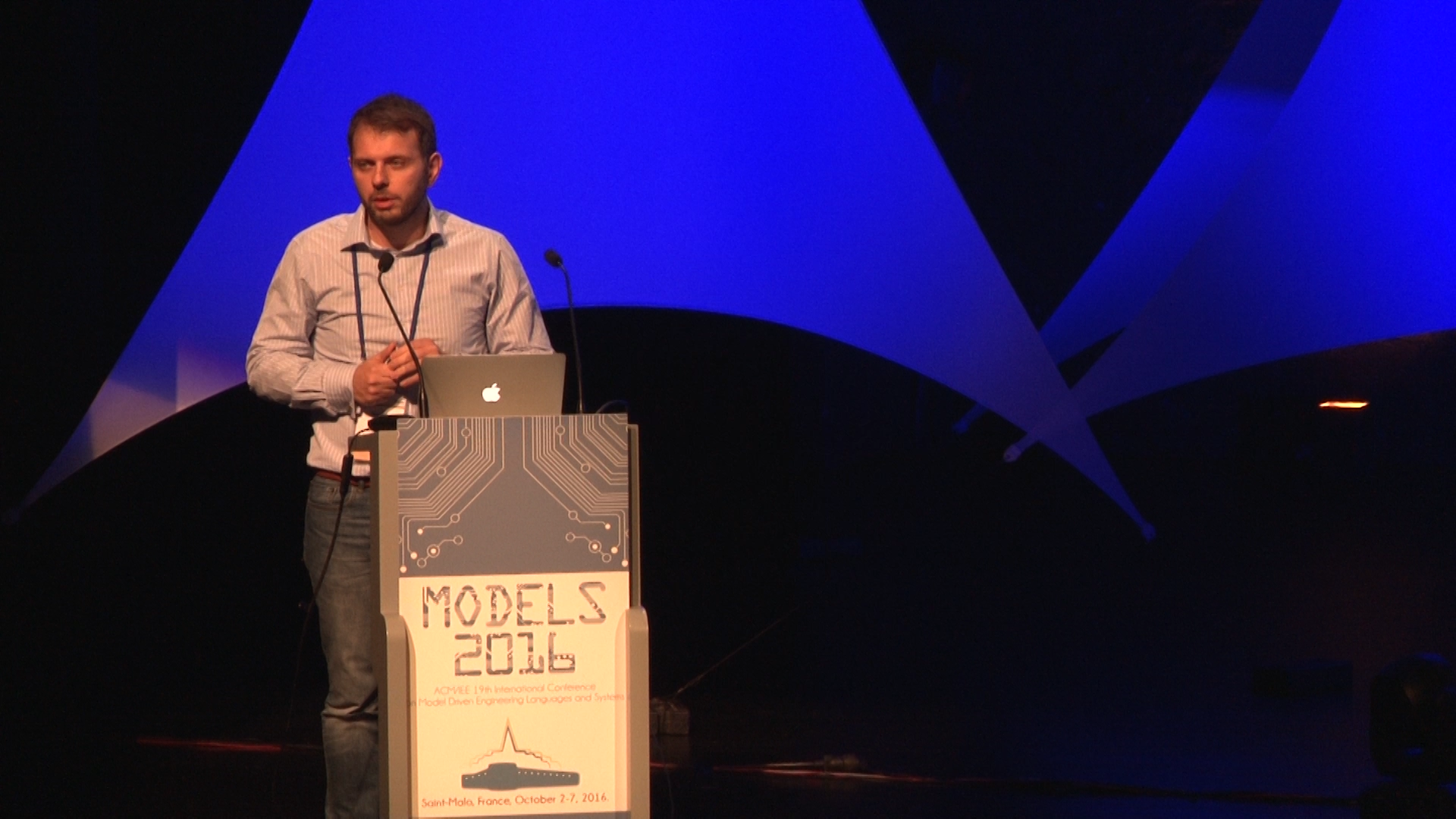 Dimitris Kolovos, Merging Models with the Epsilon Merging Language - A Decade Later Dimitris Kolovos, Merging Models with the Epsilon Merging Language - A Decade Later
In our 2006 MoDELS paper titled 'Merging Models with the Epsilon Merging Language', we introduced the Epsilon Merging Language (EML), a new domain-specific transformation language tailored for model merging. Ten years later, EML is still alive and actively maintained as part of the Eclipse Epsilon project (http://www.eclipse.org/epsilon/). This talk will provide an overview of the evolution of the syntax, semantics, and capabilities of the language and its underlying platform over the last decade. It will also present applications of EML, and reflect on the role of a dedicated model merging language in the Model-Driven Engineering toolbox.

|
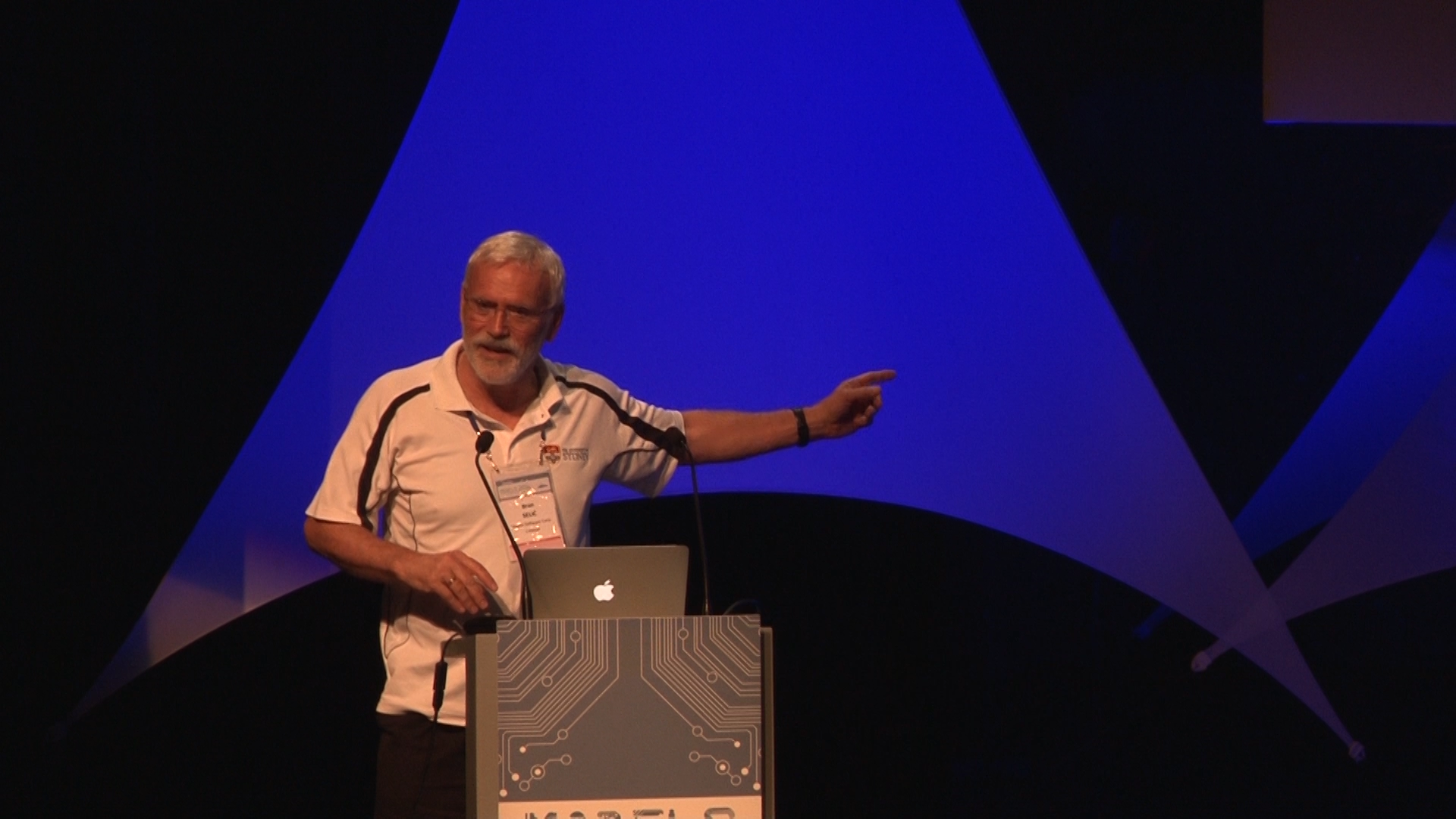 Bran Selic, What Went Right: The Secret History of UML and Related Matters (Career Award) Bran Selic, What Went Right: The Secret History of UML and Related Matters (Career Award)
Model-driven reflections on modeling, model-driven careers, and all that.

|
|








